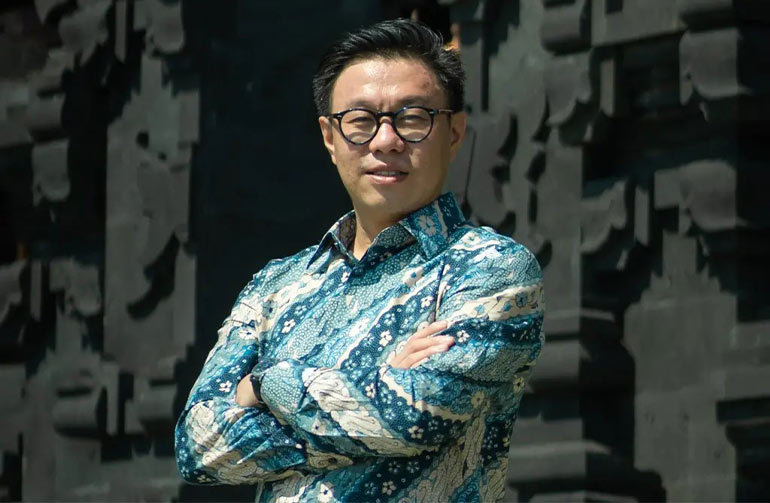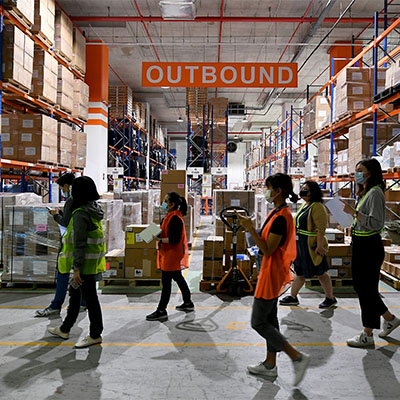Southeast Asia’s tech scene isn’t the wild west it used to be. Maturing markets, repeat founders, and a digital-savvy customer base are transforming the region into a global hub for innovation.
Despite last year’s upheavals, Southeast Asian startups raised over US$8.2 billion in capital, and they are predicted to achieve a combined value of US$1 trillion by 2025.
For Sukumar Suresh, regional vice president of Singapore’s Economic Development Board (EDB), the 649 million digitally-dominant Southeast Asians and the region’s nascent infrastructure are driving an “unprecedented boom” for startups in the ecommerce, financial services, healthcare, and education sectors.
Opportunity knocks as SEA markets mature
Unlike more mature markets like China and the US, processes and infrastructure in Southeast Asia are not as defined, leaving plenty of room for startups to experiment and innovate with new solutions tailored to each market.
For example, travel startup Traveloka expanded its range of payment solutions to include cash and buy now, pay later options to support Southeast Asia’s significant unbanked population.
Kelvin Teo, the co-founder and director of alternative investment platform Funding Societies, notes that though Southeast Asian customers are sophisticated internet users, the markets themselves aren’t as competitive as their more established Western counterparts. This, along with the large number of digitally dominant customer bases, presents significant opportunities for fast-growth tech startups.










